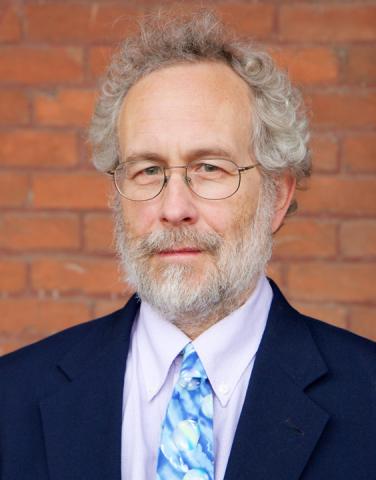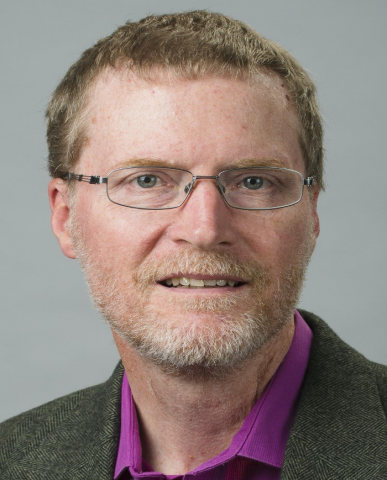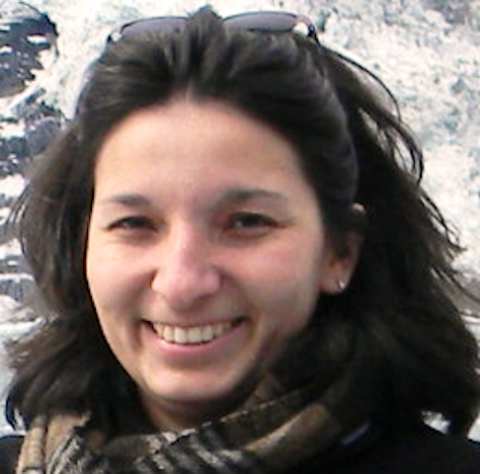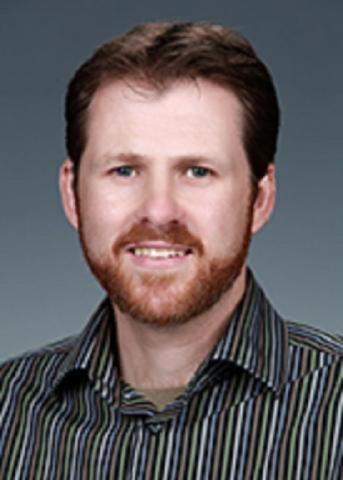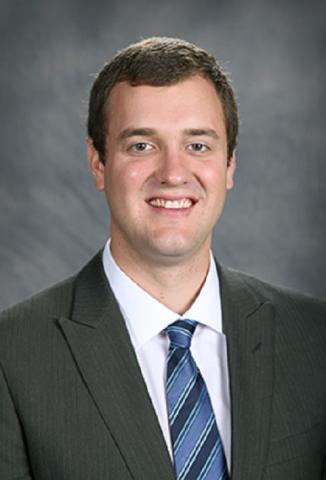Filter results
Category
- Scientific Discovery (95)
- Biology (70)
- Earth System Science (34)
- Microbiome Science (18)
- Human Health (15)
- Chemistry (7)
- Computational Research (7)
- Integrative Omics (5)
- Materials Science (5)
- National Security (3)
- Chemical & Biological Signatures Science (2)
- Plant Science (2)
- Weapons of Mass Effect (2)
- Atmospheric Science (1)
- Computational Mathematics & Statistics (1)
- Computing & Analytics (1)
- Data Analytics & Machine Learning (1)
- Data Analytics & Machine Learning (1)
- Ecosystem Science (1)
Tags
- Viruses (13)
- Soil Microbiology (10)
- Health (9)
- Virology (9)
- Virus (9)
- Mass Spectrometry (7)
- PerCon SFA (7)
- Omics (5)
- Predictive Phenomics (5)
- Synthetic Biology (5)
- Ions (4)
- Microbiome (4)
- Nanoparticles (4)
- Proteomics (4)
- sequencing (4)
- Electrical energy (3)
- Energy (3)
- Fungi (3)
- Genomics (3)
- Metagenomics (3)
- RNA Sequence Analysis (3)
- Sodium (3)
- Transcriptomics (3)
- Aggregation (2)
- Anions (2)
- Carbon Cycling (2)
- metabolomics (2)
- microbiome stability (2)
- Polymer Materials (2)
- Spectroscopy (2)
Download IHTM Workshop Report Water is one of our most important natural resources and is essential to our national economy and security. Multiple federal government agencies have mission elements that address national needs related to water. Each water-related agency champions a unique science and...
Category
Dr. Thomas Kroc is an Applications physicist for Technology Development with the Illinois Accelerator Research Center (IARC). This position draws on his accumulated experience in fundamental high-energy physics research, nuclear power, medical physics, and accelerator physics. Since 2016 he has been...
Biography Dr. Fifield is an experienced materials scientist and research leader interested in material synthesis, formulation, processing, characterization, application, simulation, and lifetime prediction. He leads nuclear cable aging research at PNNL for the Light Water Reactor Sustainability...
Assistant Professor, Mechanical Engineering at Texas A&M University https://engineering.tamu.edu/mechanical/profiles/pharr-matt.html


